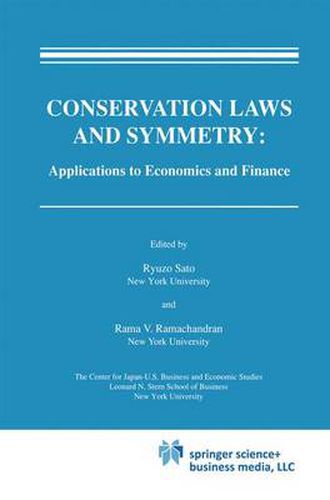Readings Newsletter
Become a Readings Member to make your shopping experience even easier.
Sign in or sign up for free!
You’re not far away from qualifying for FREE standard shipping within Australia
You’ve qualified for FREE standard shipping within Australia
The cart is loading…






This title is printed to order. This book may have been self-published. If so, we cannot guarantee the quality of the content. In the main most books will have gone through the editing process however some may not. We therefore suggest that you be aware of this before ordering this book. If in doubt check either the author or publisher’s details as we are unable to accept any returns unless they are faulty. Please contact us if you have any questions.
Modem geometric methods combine the intuitiveness of spatial visualization with the rigor of analytical derivation. Classical analysis is shown to provide a foundation for the study of geometry while geometrical ideas lead to analytical concepts of intrinsic beauty. Arching over many subdisciplines of mathematics and branching out in applications to every quantitative science, these methods are, notes the Russian mathematician A.T. Fomenko, in tune with the Renais sance traditions. Economists and finance theorists are already familiar with some aspects of this synthetic tradition. Bifurcation and catastrophe theo ries have been used to analyze the instability of economic models. Differential topology provided useful techniques for deriving results in general equilibrium analysis. But they are less aware of the central role that Felix Klein and Sophus Lie gave to group theory in the study of geometrical systems. Lie went on to show that the special methods used in solving differential equations can be classified through the study of the invariance of these equations under a continuous group of transformations. Mathematicians and physicists later recognized the relation between Lie’s work on differential equations and symme try and, combining the visions of Hamilton, Lie, Klein and Noether, embarked on a research program whose vitality is attested by the innumerable books and articles written by them as well as by biolo gists, chemists and philosophers.
$9.00 standard shipping within Australia
FREE standard shipping within Australia for orders over $100.00
Express & International shipping calculated at checkout
This title is printed to order. This book may have been self-published. If so, we cannot guarantee the quality of the content. In the main most books will have gone through the editing process however some may not. We therefore suggest that you be aware of this before ordering this book. If in doubt check either the author or publisher’s details as we are unable to accept any returns unless they are faulty. Please contact us if you have any questions.
Modem geometric methods combine the intuitiveness of spatial visualization with the rigor of analytical derivation. Classical analysis is shown to provide a foundation for the study of geometry while geometrical ideas lead to analytical concepts of intrinsic beauty. Arching over many subdisciplines of mathematics and branching out in applications to every quantitative science, these methods are, notes the Russian mathematician A.T. Fomenko, in tune with the Renais sance traditions. Economists and finance theorists are already familiar with some aspects of this synthetic tradition. Bifurcation and catastrophe theo ries have been used to analyze the instability of economic models. Differential topology provided useful techniques for deriving results in general equilibrium analysis. But they are less aware of the central role that Felix Klein and Sophus Lie gave to group theory in the study of geometrical systems. Lie went on to show that the special methods used in solving differential equations can be classified through the study of the invariance of these equations under a continuous group of transformations. Mathematicians and physicists later recognized the relation between Lie’s work on differential equations and symme try and, combining the visions of Hamilton, Lie, Klein and Noether, embarked on a research program whose vitality is attested by the innumerable books and articles written by them as well as by biolo gists, chemists and philosophers.